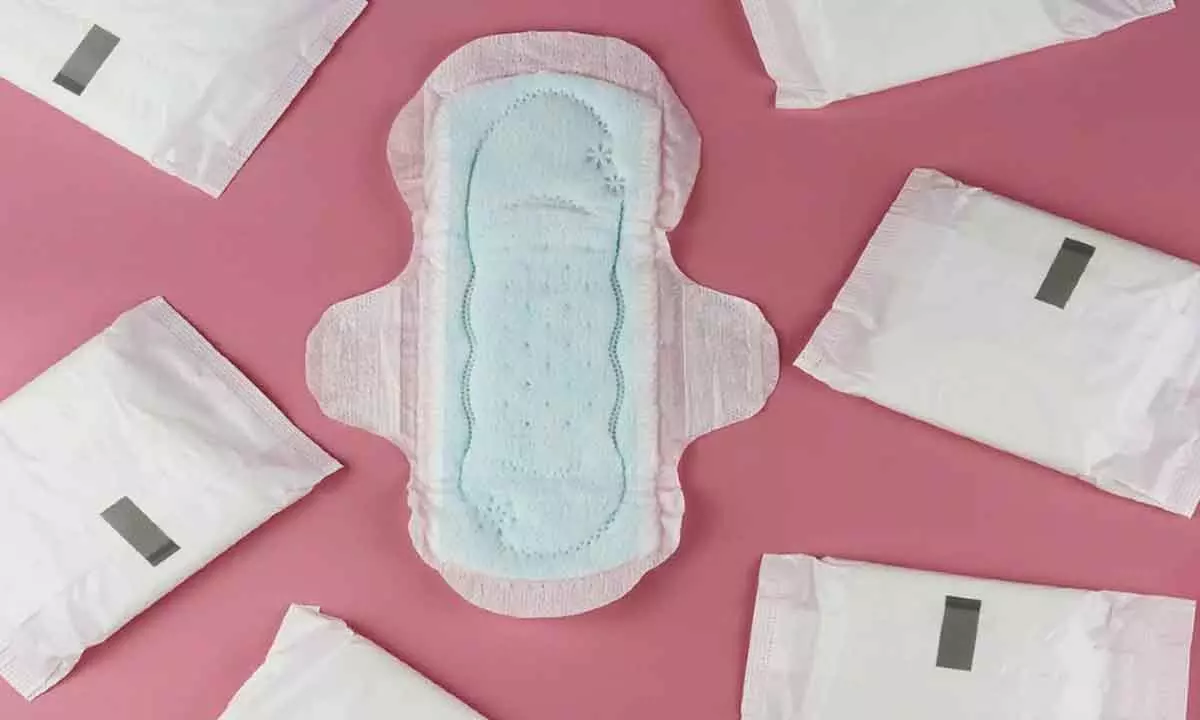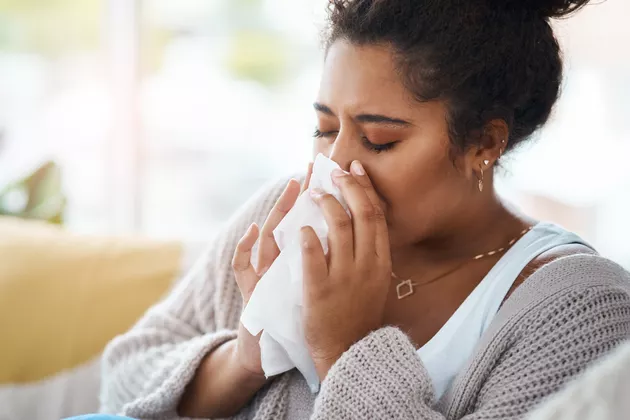Are you concerned about the safety of the sanitary pads you use? Lately, there has been a growing discussion about whether or not sanitary pads contain harmful chemicals. Studies conducted globally have shed light on the potential risks associated with the chemical components used in manufacturing these products. In this article, we will look into the facts and explore the question: do pads have chemicals that could be harmful to your health?
Contents
Do Pads Have Chemicals?

Yes, most commercially available pads contain a variety of chemicals. These chemicals serve different purposes, such as:
- Absorption: Superabsorbent polymers (SAPs) are the main chemicals responsible for soaking up menstrual fluid. These are similar to the materials found in disposable diapers.
- Adhesion: Adhesives are used to keep the pad securely fastened to your underwear. These are typically made from synthetic polymers.
- Fragrance: Some pads are scented with fragrances to mask menstrual odor. These fragrances can be made from a variety of synthetic chemicals, some of which can be irritating to the skin.
- Coloring: Pads often come in different colors, which are achieved using dyes and pigments. These can also be synthetic chemicals.
- Wetness indicator: Some pads have a wetness indicator that changes color when the pad is saturated. This indicator is typically made from a chemical that reacts to moisture.
Common Chemicals Found in Pads
It’s important to note that most pads are made with a variety of chemicals, some of which have raised concerns regarding their potential health risks. Here are some of the common chemicals that can be found in pads:
- Volatile Organic Compounds (VOCs): VOCs are chemicals that can easily evaporate into the air at room temperature. They are often used in the manufacturing process of pads to enhance the absorption and odor control properties. However, studies have found significant variations in the levels of VOCs among different brands, indicating intentional use during manufacturing.
- Phthalates: Phthalates are a group of chemicals commonly used as plasticizers in various products, including pads. They are suspected hormone disruptors and have been found in both pads and diapers. Studies have shown that levels of phthalates in these products can be significantly higher than what is commonly found in plastic goods.
- Fragrances: While scented tampons have mostly been phased out, fragrances can still be found in some menstrual products, including pads. The exact ingredients used in these fragrances are often kept confidential to protect trade secrets. However, certain fragrances may contain phthalates, which have been linked to potential health risks.
Potential Health Risks Associated with Chemicals in Pads

1. Allergic Reactions and Skin Irritation
The chemicals used in sanitary pads can potentially cause allergic reactions and skin irritation in some women. These reactions may manifest as redness, itching, rashes, or discomfort in the genital area. Certain chemicals, such as fragrances and dyes, are known to be common culprits in causing these skin reactions. Allergic reactions and skin irritation can be bothersome and may require medical attention.
2. Hormonal Disruptions and Endocrine System Impacts
One of the major concerns regarding the chemicals present in pads is the potential for hormonal disruptions and impacts on the endocrine system. Phthalates, which are commonly found in sanitary pads, are known to be endocrine disruptors. These chemicals can interfere with the normal functioning of hormones in the body and have been linked to reproductive health issues, birth defects, and even certain types of cancer. Prolonged exposure to phthalates through the use of pads can pose a risk to women’s health.
3. Environmental Concerns
The chemicals used in pads not only have potential health risks for women but also pose environmental concerns. Many sanitary pads contain plastics and plasticizers, which are harmful to the environment due to their lack of biodegradability. Additionally, pesticide residues, which can be found in conventionally grown cotton used in pad production, have been linked to cancer and potential endocrine disruption. The disposal of pads contributes to plastic pollution and adds to the overall environmental burden.
FAQs
Are there chemicals in pads?
Yes, most pads contain materials like superabsorbent polymers and adhesives. Manufacturers strive to ensure safety and compliance with regulations.
What chemicals may be present in pads?
Common components include dioxins, adhesives, and fragrance. However, regulations and quality standards prioritize safety and minimal exposure.
Can I find chemical-free pads?
Some brands offer organic or chemical-free options, using natural materials. Always check product labels for transparency and choose based on personal preferences and needs.
I am a medical student with experience and interest in Women’s health and well-being.